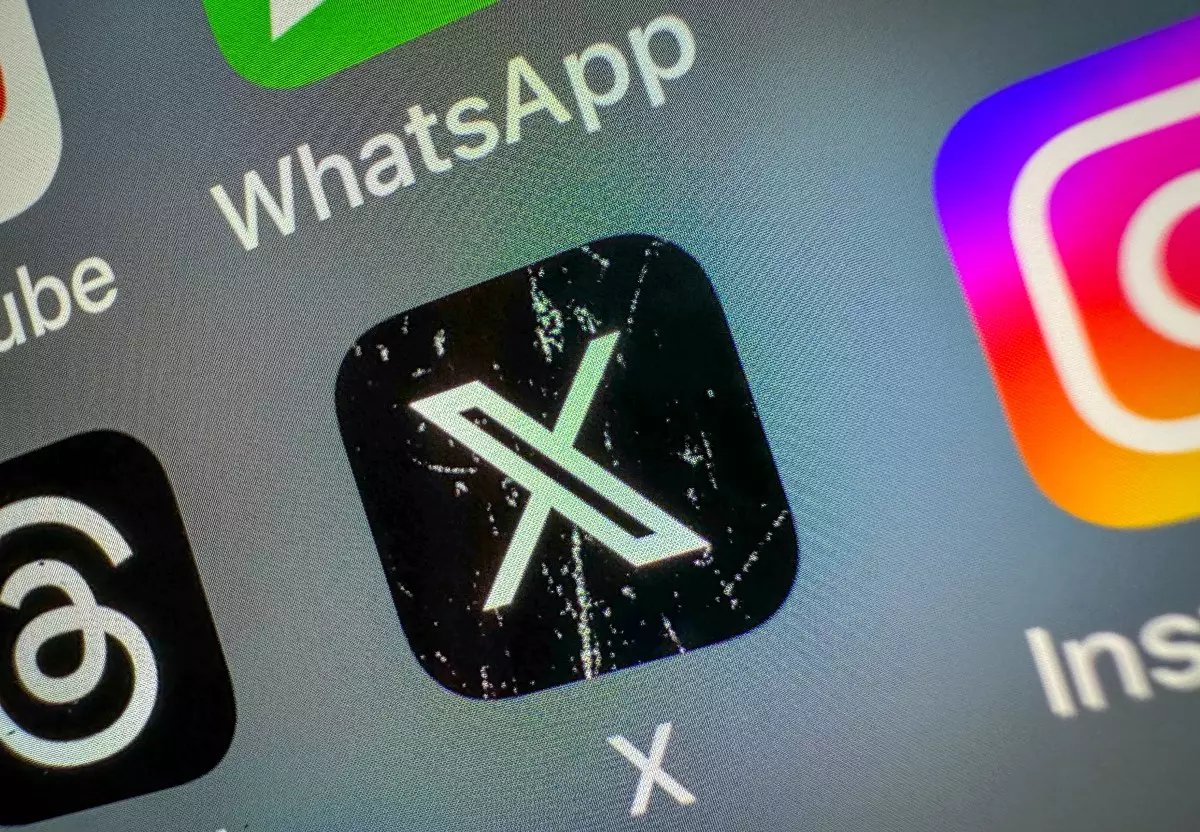In a bold move that reflects Elon Musk’s continual push for innovation, X, the social media platform formerly known as Twitter, has introduced Aurora—a new image generator integrated into its AI assistant, Grok. Launched on a seemingly ordinary Saturday, Aurora adds a significant feather to the cap of X’s expanding suite of AI tools. The announcement was met with mixed opinions, particularly regarding the transparency of Aurora’s training process and its functionality.
Operational Briefs and Features
Aurora’s functionality operates similarly to its predecessor, Flux, yet with purported enhancements in photorealism. This new tool allows users to generate images via the Grok tab on X’s mobile platforms and website. What raises eyebrows, however, is the generator’s lack of stringent restrictions. Users have reported that it can create visual content depicting both public figures and imaginary scenarios without apparent oversight, although some limitations, such as generating adult content, seem to be in place. Notably, the user-generated content has included rather controversial depictions, which ignites a conversation about ethical boundaries in AI image generation.
Technical Efficacy and Deficiencies
Despite the excitement surrounding Aurora, early adopters have also noted its shortcomings. Although it excels at producing striking photorealistic landscapes and still-life images, it struggles with details that can significantly affect the quality of generated images. Users have pointed out instances of objects merging in unnatural ways or human figures lacking complete anatomical details, particularly in the hands—an area notoriously difficult for AI generators to master. Such technical flaws may hinder its perception as a reliable tool for both casual users and professional creators.
A critical shift in user accessibility occurred when X transitioned Grok from a subscription-only model to a free offering, allowing users to engage with the AI assistant without a financial barrier. Free users can now send a limited number of messages and generate several images daily, which is likely to drive more traffic and experimentation on the platform. This change is indicative of Musk’s strategy to integrate AI tools deeply into everyday social media experiences, expanding engagement while democratizing access to advanced technology.
The introduction of Aurora also signifies a notable trend within the social media landscape—social platforms are increasingly embedding advanced AI capabilities. With recent funding reports indicating that xAI, Musk’s AI venture, has raised a staggering $6 billion, it’s clear that there is substantial confidence in the integration of AI tools that enhance user experience. Furthermore, future developments surrounding Grok, including rumored standalone applications, suggest an evolution in the relationship between social media and AI, prompting discussions about the future of content creation, copyright considerations, and the ethical usage of such technologies.
In essence, the debut of Aurora on X marks a pivotal moment in the intersection of social media and artificial intelligence. While online platforms explore the depths of AI capabilities, users must remain vigilant about the ethical and practical implications of this technology. With both advancements and challenges evident in Aurora’s early run, only time will illuminate how this image generator will shape the broader context of visual communication in the digital age.

